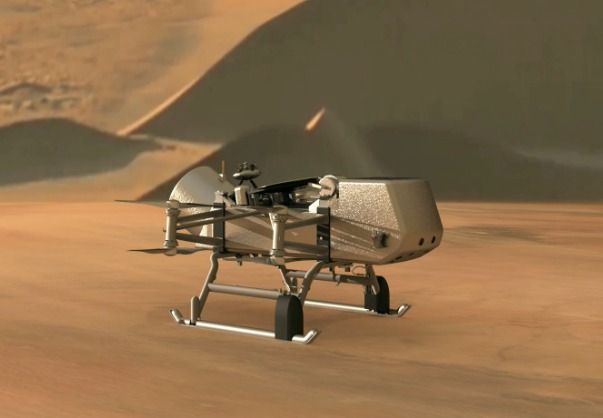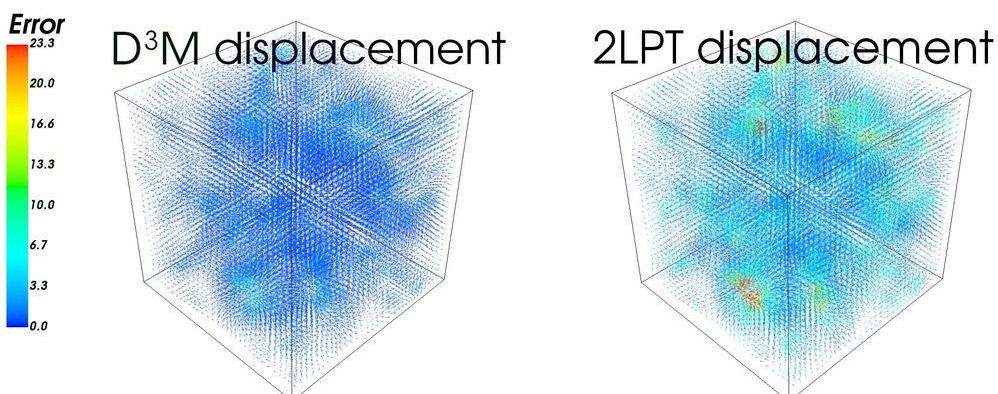The chosen mission—Dragonfly—beat out eleven competitors.



Scientists drilling into a New Mexico rock formation deep underground have brought to life four unknown strains of bacteria that have lain entombed in salt crystals for 250 million years.
The bacteria, like many of their kind, form into long-lasting protective spores. The scientists were able to revive the spores until the microbes reproduced.
The report, by a team of biologists and geologists, has already fueled speculation that spores of living organisms might somehow be transported from planet to planet, across the galaxy and over eons. It is a concept known as “panspermia,” which some see as a possible source for life arising on Earth.

By Scott Mechura EBS Food Columnist
It isn’t a fruit or vegetable, it isn’t a fiber, and it certainly isn’t a protein. Then what is a mushroom?
Other than the mouthwatering anticipation with which chefs and foragers harvest morels or golden chanterelles from the Gallatin Valley each year, or prized truffles from France or Italy, most of us don’t often give the mushroom the same attention as local beef, trout, or fresh produce.

NASA is going to Titan.
The space agency announced today (June 27) that the next mission in its New Frontiers line of medium-cost missions will be Dragonfly, a rotorcraft designed to ply the skies of the huge, hazy and potentially life-hosting Saturn moon.
If all goes according to plan, Dragonfly will launch in 2026 and land on Titan eight years later, NASA officials said. The probe will then spend at least 2.5 years cruising around the 3,200-mile-wide (5,150 kilometers) moon, making two dozen flights that cover a total of about 110 miles (180 km).



They used to call it RoboBee—a flying machine half the size of a paperclip that could flap its pair of wings 120 times a second. It was always tethered to a power source, limiting its freedom. Now, though, RoboBee becomes RoboBee X-Wing, as Harvard researchers have added solar cells and an extra pair of wings, freeing the robot to blast off to a galaxy far, far away. Or at least partway across the room, as it can sustain flight for only half a second, and only indoors.
But hey, baby steps. The teeniest of quadrotors measure a few inches across and weigh a third of an ounce. RoboBee X-Wing is about the same size as those untethered fliers, but weighs a hundredth of an ounce, which earns it the distinction of being the lightest aerial vehicle to manage sustained untethered flight. One day that could make it ideal for navigating tight, sensitive spaces in a galaxy very, very near.
You’ve read your last complimentary article this month. To read the full article, SUBSCRIBE NOW. If you’re already a subscriber, please sign in and and verify your subscription.

We can never see these more distant regions. Still, the observable Universe alone should be big enough for most people. Indeed, for scientists like Casey and Sheth, it remains a constant source of fascination.
We’re not even at the centre of our Solar System or at the centre of our galaxy
“Everything that we’ve learned about the Universe – how big it is, all the amazing objects that are in it – we do that simply by collecting these photons of light that have travelled millions and millions of light years only to come and die on our detectors, our cameras or radio telescopes,” says Sheth.

Andrei Linde, the Harald Trap Friis Professor of Physics at Stanford University, will give the Applied Physics/Physics colloquium on Tues., May 8, 2018 entitled “Reverse Engineering the Universe.” This lecture will be held in the Hewlett Teaching Center, Room 200.
Event Sponsor:
Applied Physics/Physics Colloquium